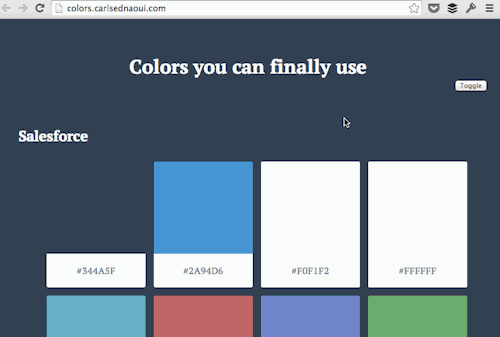Understanding Bounce rate
First off, according to Google Analytics:
“Bounce Rate is the percentage of single-page sessions (i.e. sessions in which the person left your site from the entrance page without interacting with the page).”
Important caveat: Bounce rate in GA is actually calculated as a single “pixel download” (_utm.gif) per session. So if you trigger a subsequent custom event, you could be inadvertently disguising an actual bounce since events also trigger pixel downloads by default. You can override this behavior by using “non-interaction” events .
On a news site, blog, or any site where Ad impressions are a revenue producing goal, Bounce Rate can be a key indicator. If you haven’t really dug into how Exit Rates differ, you should give Exit Rate vs Bounce Rate a read. Why do we care? Because by simply reducing bounce rate (without decreasing user sessions) we would directly increase overall Pageviews. Yay Goals!
What is Exit Intent?

Exit Intent is just a way to detect a user navigating towards the top of the browser in a way that suggests they are about to leave your website. Pretty simple actually. Targeting users with “Exit Intent”
“Exit Intent Targeting” is definitely not a new concept… a lot of e-commerce sites have been using this tactic for many years by displaying a popup or overlay window to offer some discount right before you “bounce”. More info at http://exitintentpopup.com There are even quite a few services on how to implement this concept on your site, like OptKit, OptiMonk, Bounce Exchange & ExitIntent Personally, I like having control/understanding of the javascript, so a really nice implementation is available on Github @ https://github.com/carlsednaoui/ouibounce
DEMO:

Good idea for publishers?
So this is all cool stuff that COULD be easily tested on your site in a non-invasive way, but the real question (for me) is how this tactic should be used on a news site or blog and whether the impact would be worth the effort. Either way, I plan to test out this technique in a few different ways to entice visitors to click “one more time”. Possible techniques could use; ‘Breaking News’, related stories, or a targeted newsletter signup.